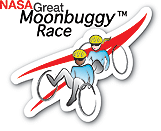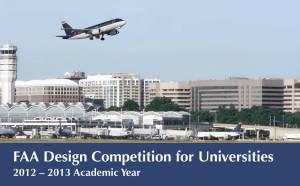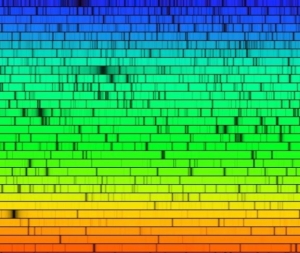 Registration is now open for teams wishing to compete in the $1.495 million robotics competition known as the Sample Return Robot Challenge, sponsored by NASA and managed by Worcester Polytechnic Institute of Worcester, MA. Registration for the competition will close on January 7, 2014 with late registration available until March 15, 2014. The competition will be held June 11-13, 2014.
Registration is now open for teams wishing to compete in the $1.495 million robotics competition known as the Sample Return Robot Challenge, sponsored by NASA and managed by Worcester Polytechnic Institute of Worcester, MA. Registration for the competition will close on January 7, 2014 with late registration available until March 15, 2014. The competition will be held June 11-13, 2014.
For information about the Sample Return Robot Challenge rules, requirements, and how to register, visit:
http://nspires.nasaprs.com/external/solicitations/summary.do?method=init&solId={A282D064-383A-8906-2956-A6D67CE2964D}&path=open
“The objective of the competition is to encourage innovations in automatic navigation and robotic manipulator technologies that NASA could incorporate into future missions,” said Michael Gazarik, NASA’s associate administrator for space technology in Washington. “Innovations stemming from this challenge may improve NASA’s capability to explore an asteroid or Mars, and advance robotic technology for use in industries and applications here on Earth.”
To win, a team must demonstrate a fully autonomous robot that can seek out samples and return them to a designated point within a set time period. Robots will be required to navigate over unknown terrain, around obstacles, and in varied lighting conditions without human control, or use of GPS, or other terrestrial navigation aids.
This is a Centennial Challenge in which NASA provides the prize purse for technological achievements. The challenge is extended to individuals, groups and companies. Unlike most contracts or grants, awards will be made only after solutions are demonstrated successfully. Since the program’s inception in 2005, NASA’s Centennial Challenges has awarded more than $6 million to 15 different competition-winning teams through 24 events. Competitors have included private companies, citizen inventors and academia working outside the traditional aerospace industry.
The Sample Return Robot Challenge is part of the Centennial Challenges Program within NASA’s Space Technology Mission Directorate, which is innovating, developing, testing and flying hardware for use in NASA’s future missions. For more information about NASA’s investment in space technology, visit: http://www.nasa.gov/spacetech





